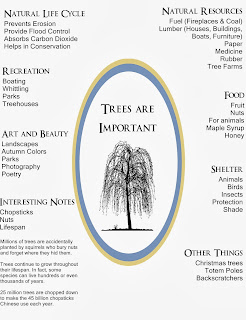DATE: October 30, 2013
Mini Day Camp
TIME
|
ACTIVITY
|
EQUIPMENT NEEDED
|
BADGE REQUIRMENTS MET
|
3:45
|
Gathering Activity:
|
||
4:00
|
Opening Ceremony
- Opening
Prayer: _____________
- Grand Howl
-Attendance:
________________
|
Attendance Book
Stamp and Ink
|
|
4:05
|
Travel to Adventure
Area
|
||
4:20
|
BADGEWORK: Bird
watching: Recognize and describe habits of 6 birds.
|
Observer #2
|
|
4:35
|
BADGEWORK: Bird
calls
|
Straws
Scissors
|
Observer #3
|
4:45
|
BADGEWORK: SEEDS
1. Different kinds of seeds - travel by helicopter,
parachute, sling shot, hitchhiker, animal express. Discuss how seeds are
dispersed
|
Naturalist #1
|
|
4:55
|
BADGEWORK:
Observation
Go for a walk and discuss the following points:
Animal habitiat, ground soil, animal tracks,
|
Camera for taking photos of animal tracks
|
WSEA – NH - #1
Black Star #1B
Observer #10
Naturalist #3
Naturalist #8
|
5:10
|
TRAVEL BACK TO
MEETING PLACE
|
||
5:20
|
SPIRITUAL FELLOWSHIP
-Spiritual
Thought: ____________
|
Assignment:
|
|
5:20
|
Closing Ceremony
-Cub Promise
(review line 2)
-Closing Prayer
-Badge
worksheets or other information
|
||
5:30
|
Dismiss and Go Home
|
THEME ACTIVITY: Bird Watching
Materials Needed:
q
Binoculars
q
Bird book for your area
 Anywhere you go there will be
birds. Get a book from the library to find out what kind of birds you can
expect to see in your area. Birds owe their success as a species to their
ability to fly. Flight enables birds to feed where other animals cannot, escape
enemies, and move with the seasons. Birds in flight are a beautiful sight. Take
your binoculars and look for birds flying and resting. A few things to look for
when bird-watching:
Anywhere you go there will be
birds. Get a book from the library to find out what kind of birds you can
expect to see in your area. Birds owe their success as a species to their
ability to fly. Flight enables birds to feed where other animals cannot, escape
enemies, and move with the seasons. Birds in flight are a beautiful sight. Take
your binoculars and look for birds flying and resting. A few things to look for
when bird-watching:
o
Type of bird
o
Different beak shapes to cope with main food
source—long or hooked beaks for tearing at prey, short and stout cone shapes to
crack seeds.
o
Feet—for different purposes like perching on
twigs, running, clinging to trees, grasping prey, paddling in water.
o
Color—to blend with environment or to stand out.
o
Nests and eggs
BADGEWORK: Bird Calls
Materials Needed:
q
Drinking Straw
q
Scissors
Bite the end of a drinking straw
to flatten it. Try to make it as flat as possible.
Cut this flat end at both sides
so it forms a point.
Bite down on it again to re-flatten
it.
Put the pointed end of the straw
into your mouth, until it is just past your lips.
Blow hard into the straw. A duck
call sound should come from the straw. If it does not, blow harder or start
over with another straw and modify the pointed end. Do this by cutting either
more or less of the straw to make the point.
THEME ACTIVITY: Seeds
Find a variety
of seeds and use the attached worksheet to identify the method by which they are
dispersed.
THEME ACTIVITY: Observation
Do the following:
- Take a photo of an animal track (Naturalist #3)
- Identify 4 different animal tracks or animal signs (Observer #10)
- Observe any wild animal and report on what you learned from its behavior (Naturalist #8)
- Observe the soil and talk about what it contains to the best of your ability. (WSEA)
- Search for and observe animal habitats. Discuss how the plants and animals depend on one another (Black Star 2B)













